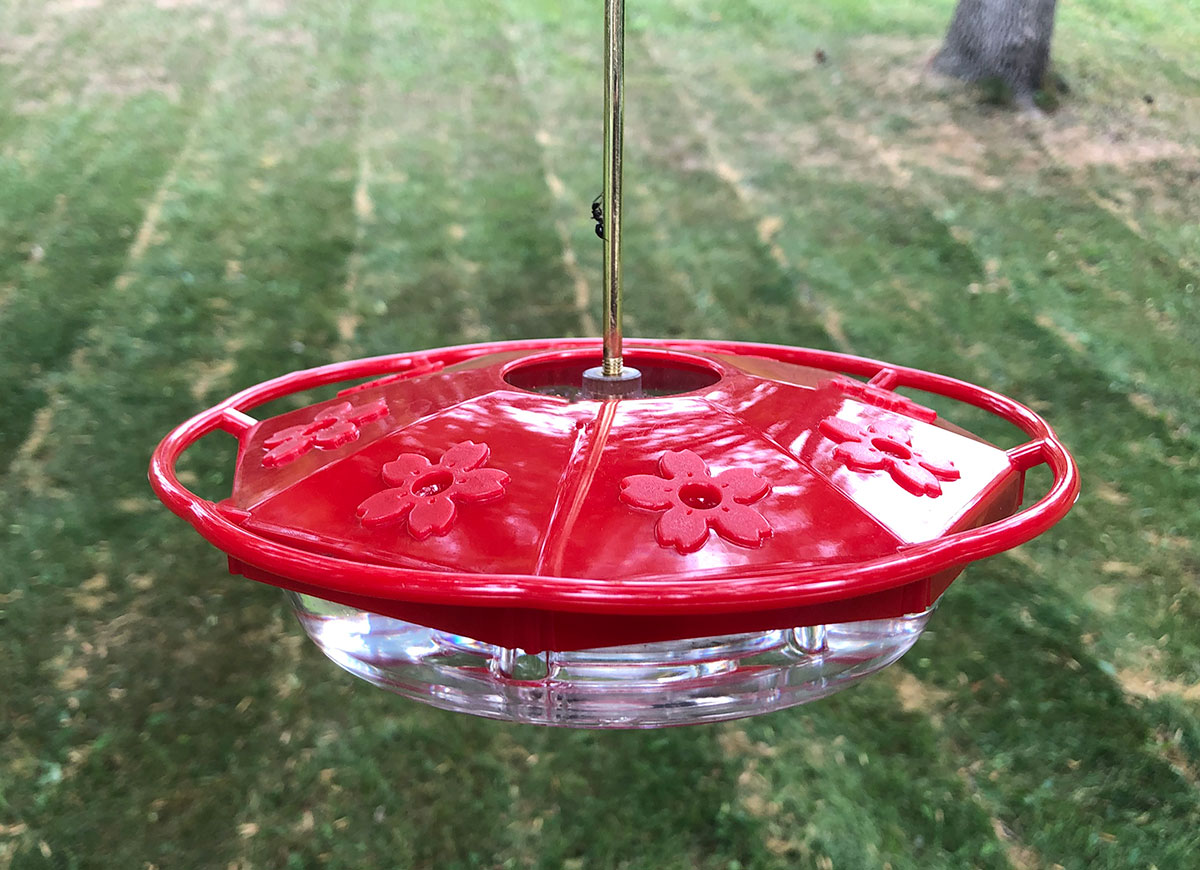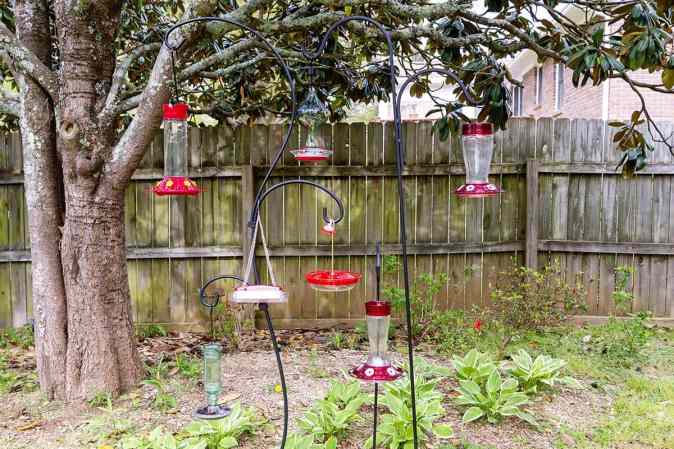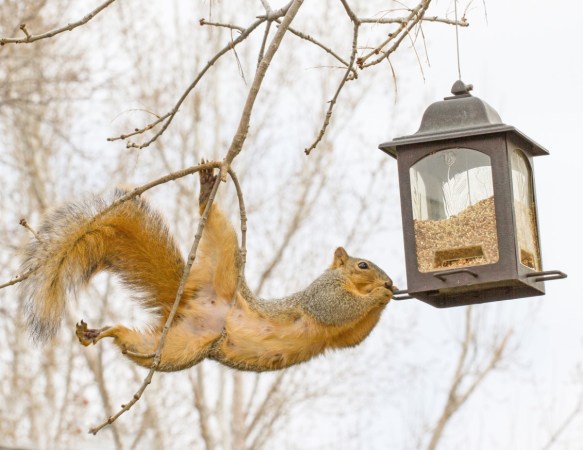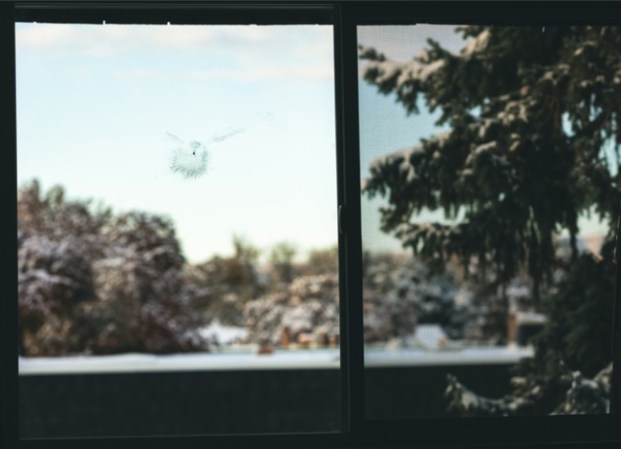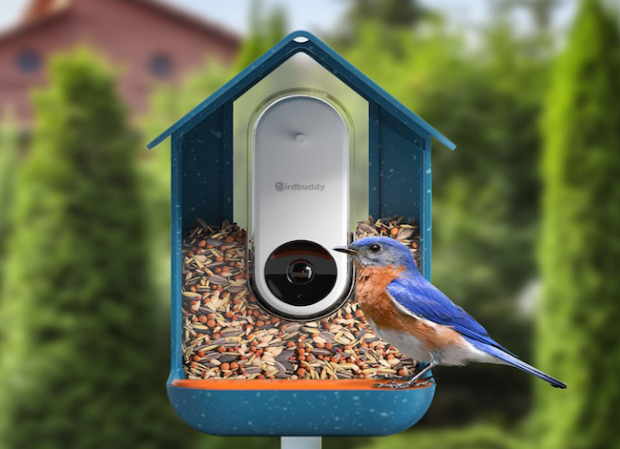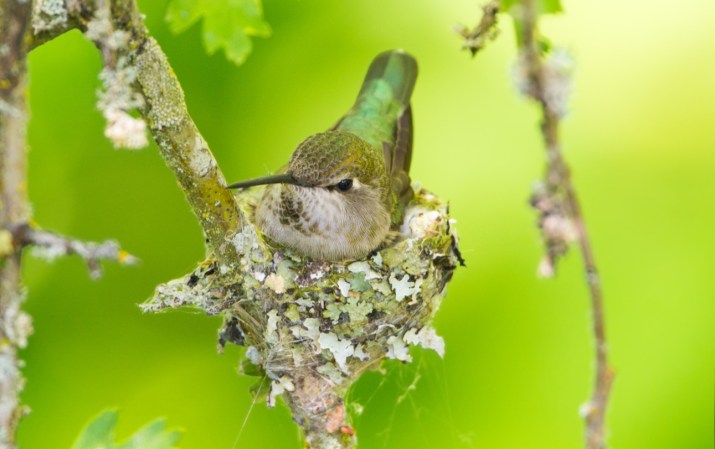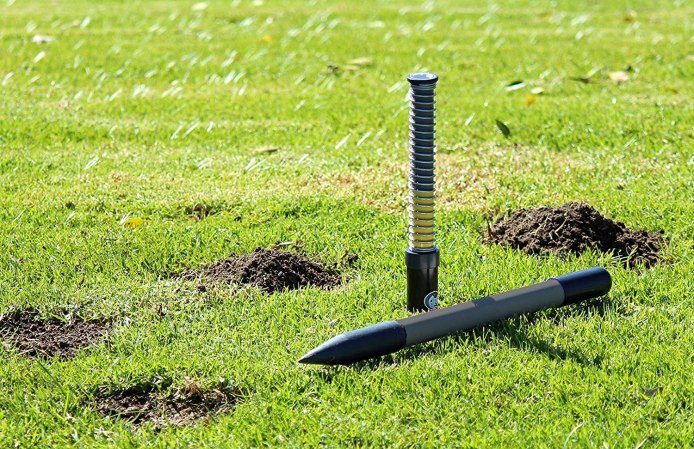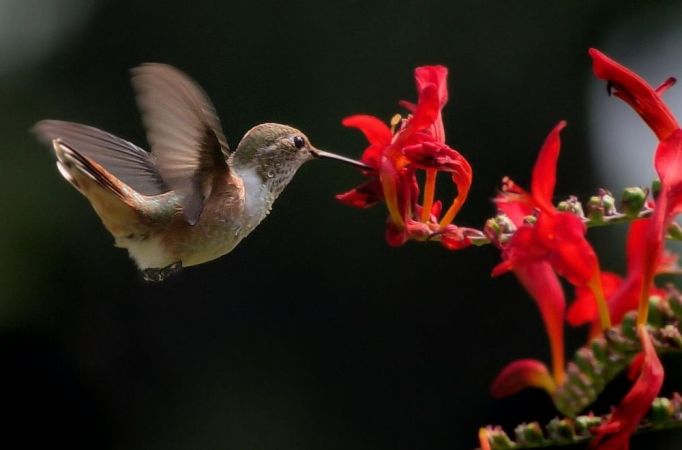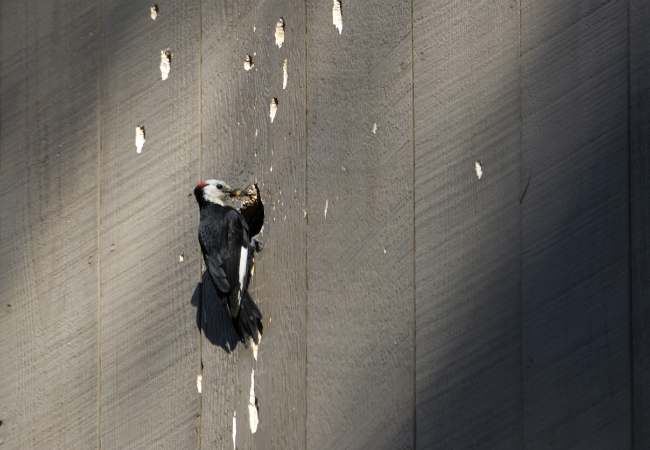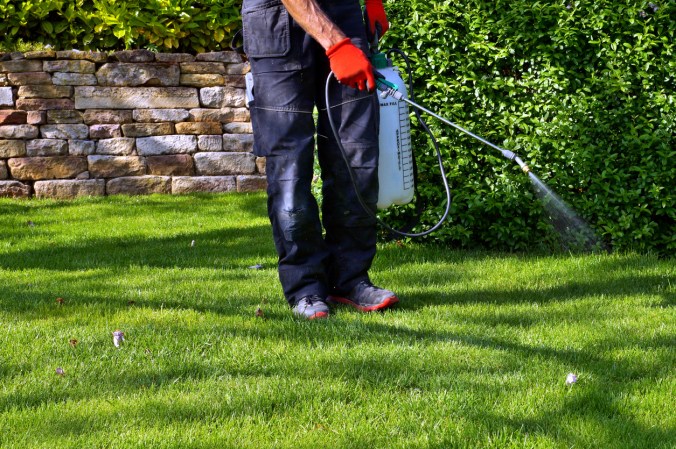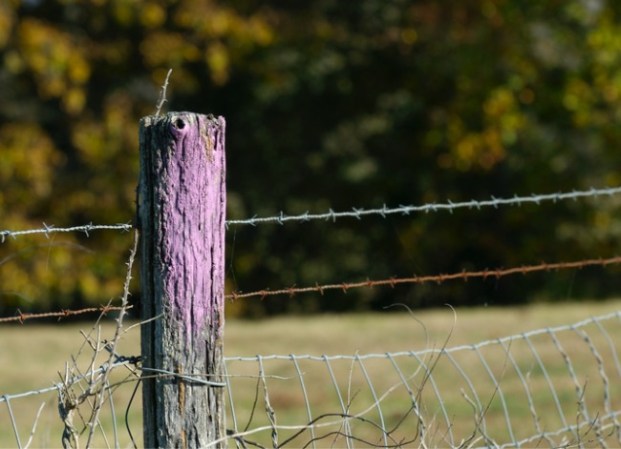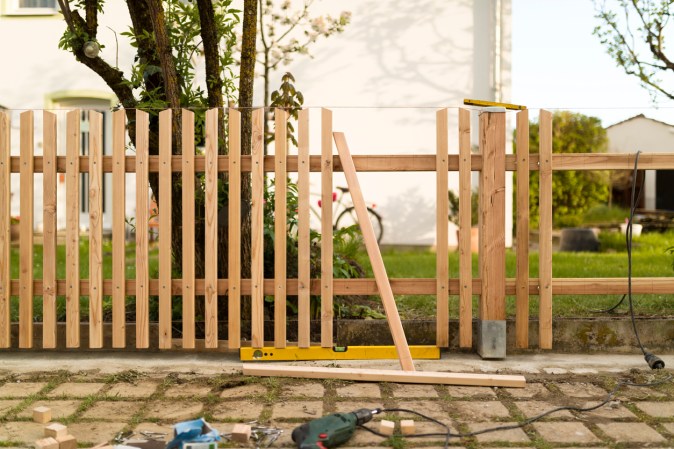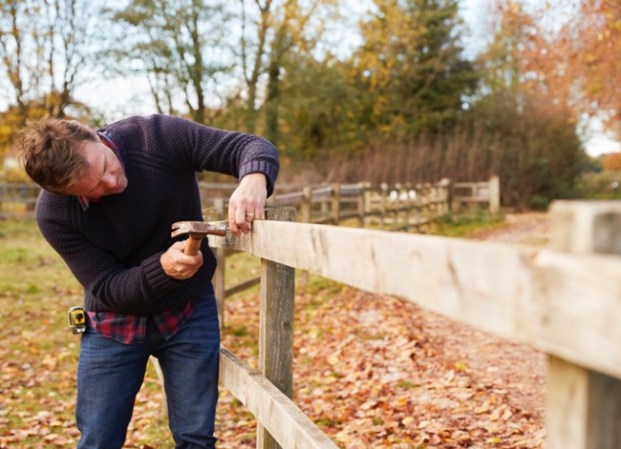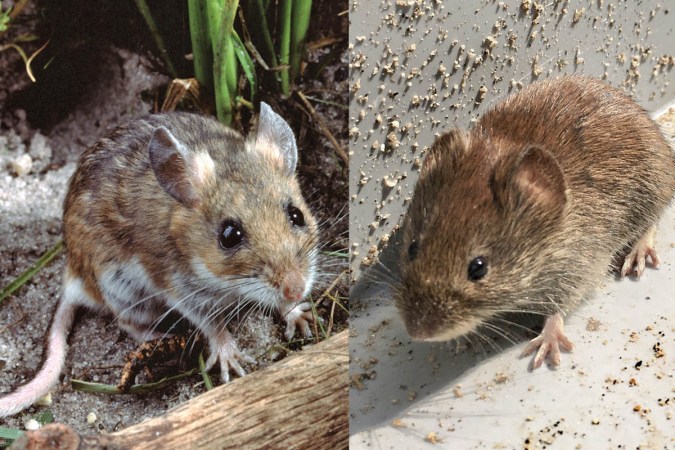We may earn revenue from the products available on this page and participate in affiliate programs. Learn More ›
Q: My wife and I recently purchased a hummingbird feeder and hung it from a hook on our deck so we could watch the birds eat. When we went outside this afternoon, we found the railing all around the feeder (and the feeder itself) infested with ants! How can we keep ants out of our hummingbird feeder? Why do they go there in the first place?
Hummingbirds are a delight to observe, so it’s no surprise that many bird-watchers attempt to attract them to their properties by installing hummingbird feeders. Unfortunately, however, there are a number of common pests who also may be interested in the feeder’s contents, including ants.
While hummingbirds do prey on insects like beetles, mosquitos, and flies, they aren’t partial to ants. In fact, ants and hummingbirds actually share some of the same food sources, including the sugary substance used in hummingbird feeders.
If ants make their way inside the hummingbird feeder, they can become trapped and contaminate the nectar, which will actually act as a deterrent to any hummingbirds who stop by. Read on for a few simple techniques for how to keep ants out of your hummingbird feeder in order to foster a welcoming feeder for these beautiful birds.
Buy an ant moat, or buy a hummingbird feeder that includes a built-in ant moat.
The best way to keep ants out of a hummingbird feeder is to choose a feeder with an ant moat (available on Amazon), or to install a separate ant moat onto your existing feeder.
Hummingbird feeders are generally hung from a hook above a patio or deck. A separate ant moat features a shallow trough and sits above the feeder. It is filled with water and ants become trapped there before they can make their way into the feeder to access the nectar.
If you don’t want to purchase an ant moat, there are a number of DIY solutions for creating one yourself using commonly available household supplies like empty soda bottles, coat hangers, and a glue gun.
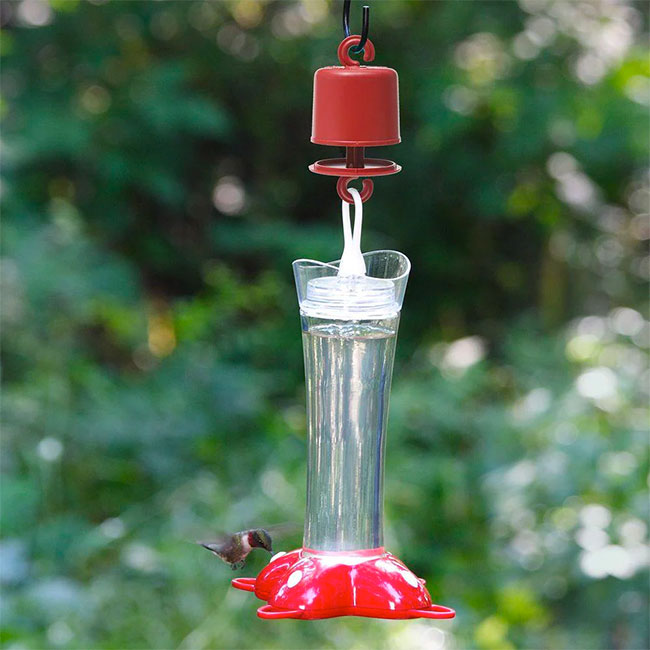
Related: 8 Plants That Repel Ants
Consider ant moat alternatives if you live in a dry climate.
In arid climates, traditional ant moats may not perform well because the small amount of water inside evaporates too quickly. In that case, a different strategy is needed. In place of water, try coating the ant moat with a thin layer of vegetable oil—the kind you use for cooking. It is known to act as a deterrent for ants.
Another alternative to water moats are insecticide-filled ant guards (available on Amazon) which contain chemicals that kill ants. When used according to the product directions, these guards are completely safe for birds and humans.
Check the feeder for any cracks or leaks and fill them up right away.
If nectar leaks out of a hummingbird feeder and onto your deck, you’re likely to attract ants, who love sugary food sources. Identify the crack or leak and make sure to patch it up as soon as possible using plumber’s tape. Tighten any parts on the feeder to ensure they fit together seamlessly.
One of the reasons that nectar leaks from a hummingbird feeder is that the nectar heats up in the sun and becomes a thinner texture that can seep through tiny cracks. Try placing your feeder in the partly shaded area to avoid this issue.
However, avoid hanging the feeder in areas that get very little natural sunlight, because hummingbirds may not be able to find it. It also can be useful to move the feeder regularly once ants have discovered it, because they may not easily find it in a new location.
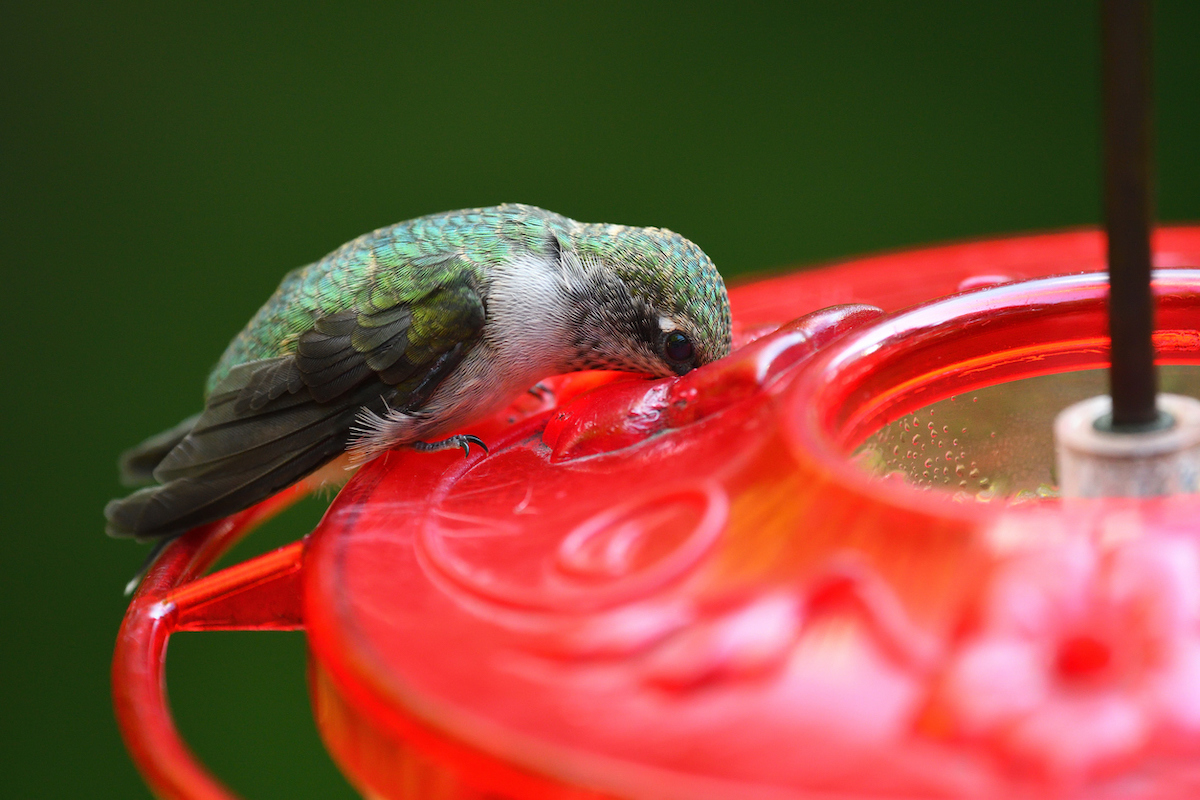
Related: 4 Tips for Attracting Hummingbirds
Spray safe insecticides in the area.
Consider preventing ants from congregating near the hummingbird feeder by spraying an insecticide. Focus on the ground underneath the feeder and any parts of the deck or railing where you see ants crawling.
Ideally, choose a natural insect repellent like neem oil, which keeps ants away but won’t have an adverse effect on your family pets or any local wildlife. Even if they’re all-natural, make sure to avoid applying insecticides to the hummingbird feeder, because they could potentially act as a deterrent to birds as well.
Don’t apply Vaseline to the hanger rod.
While some sources recommend applying a slippery substance—like petroleum jelly—to the hanger rod to prevent ants from accessing the feeder, this strategy has a number of downsides.
Most importantly, a petroleum jelly product like Vaseline can be extremely harmful to hummingbirds if it ends up on their feathers. They are unable to clean it properly, and it could negatively impact their ability to fly as well as impede their protection against both hot and cold temperatures. In addition to being potentially harmful, the process of applying petroleum jelly is quite messy and has to be repeated regularly, which can be inconvenient.
It’s also important to avoid covering the hanger rod with any strong adhesive materials like double-sided tape, because hummingbirds could be injured if they come into contact with it.
Related: 6 Incredible Things to Know About Hummingbird Nests
Consider hanging the hummingbird feeder from a fishing line.
One smart alternative to coating the hanging rod with a lubricant is to hang the hummingbird feeder using a fishing line, which is usually too thin and slippery for ants to traverse. This eliminates the need to coat the hanging material with a substance that could have an adverse effect on the hummingbirds. It’s important to use a strong fishing line that can support the weight of your feeder filled with nectar.
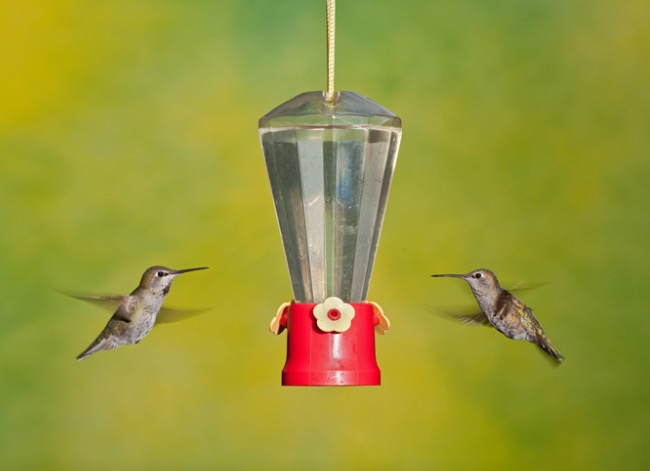
Clean the feeder every day.
One of the best ways to keep ants out of a hummingbird feeder is to ensure that it’s clean. Nectar on the outside of the feeder is more likely to attract ants, so it’s important to wipe down the exterior surfaces regularly. If you’re using an ant moat, be sure to empty it often, add fresh water, and dispose of any dead insects that are trapped inside.
By following these steps, you’ll be able to create a safe and welcoming environment for hummingbirds while keeping ants and other pests at bay.

